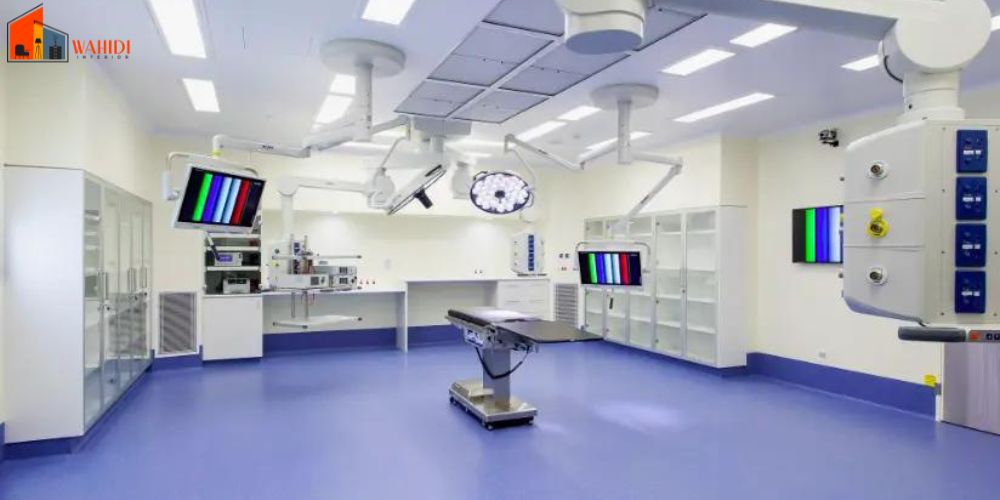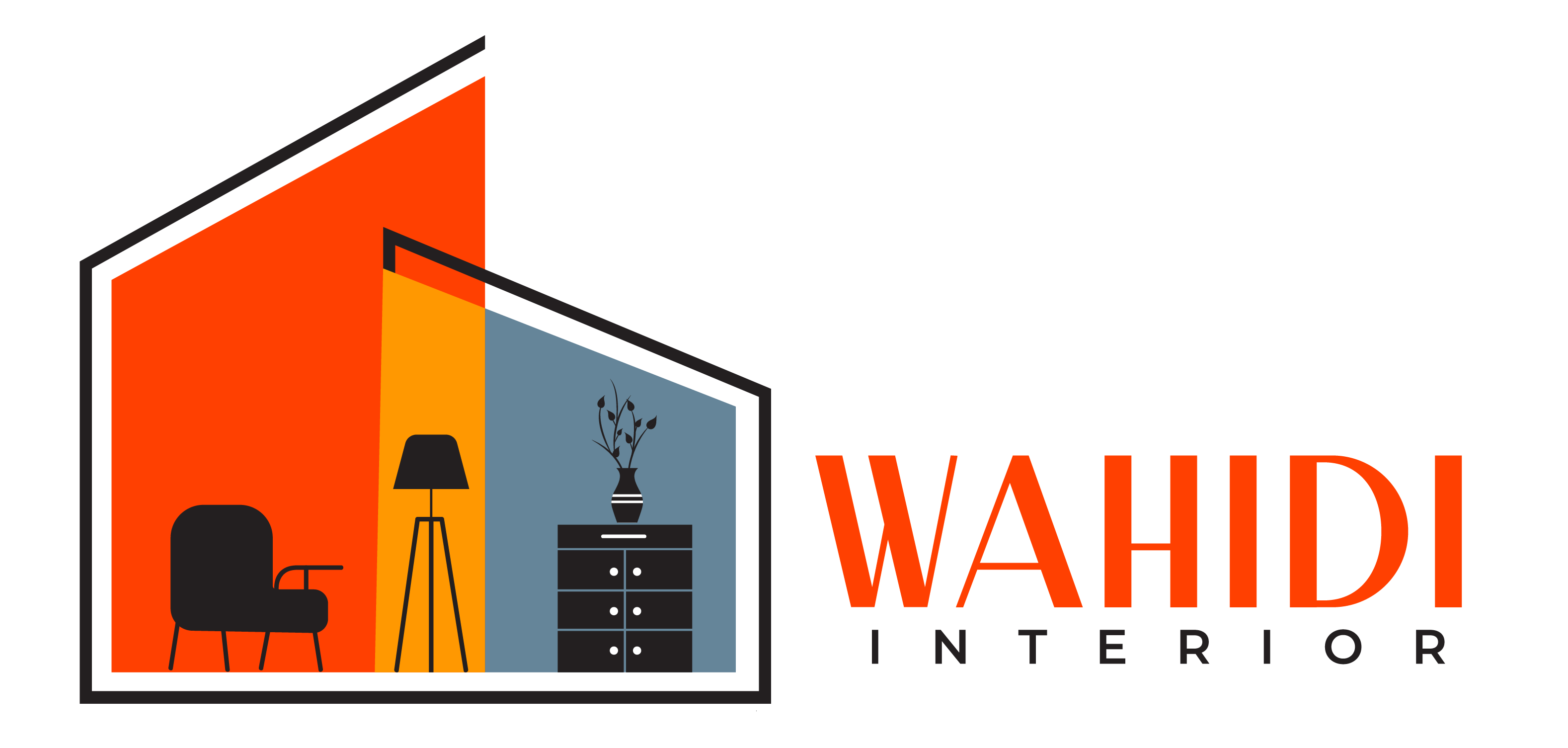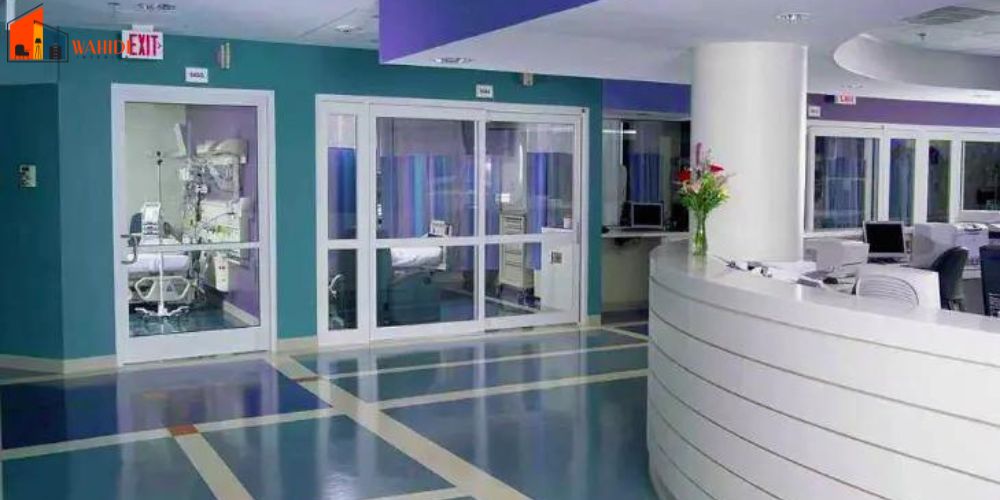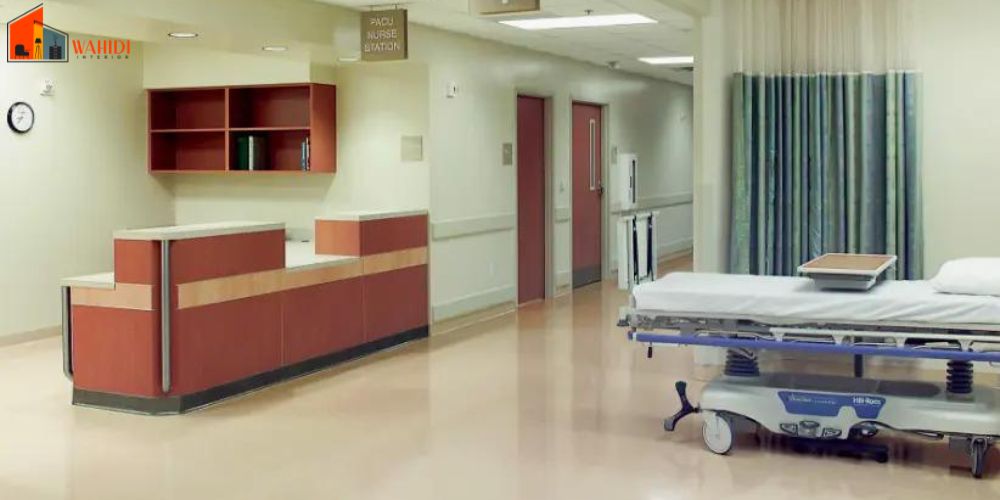Hospital Vinyl Flooring
Vinyl flooring is most popular choice for hospitals in Dubai and UAE due to durability, and ease of maintenance, or affordability. Vinyl flooring made of synthetic materials such as polyvinyl chloride (PVC) and also is available in a variety of colors or patterns, that is making it an excellent choice for creating a visually appealing and functional space.





